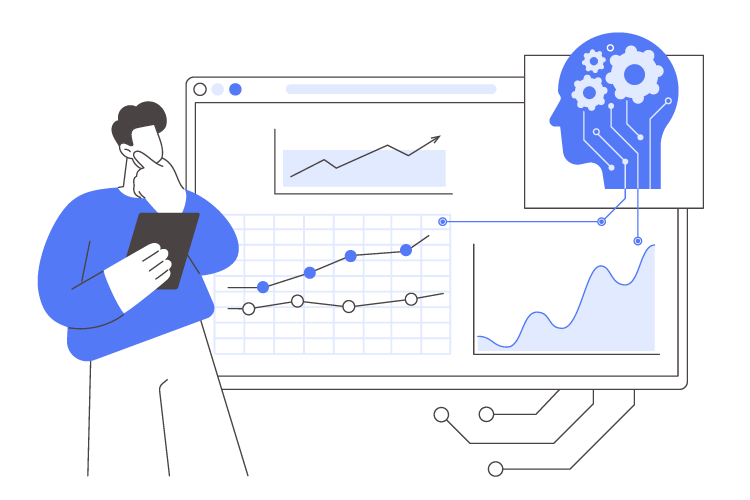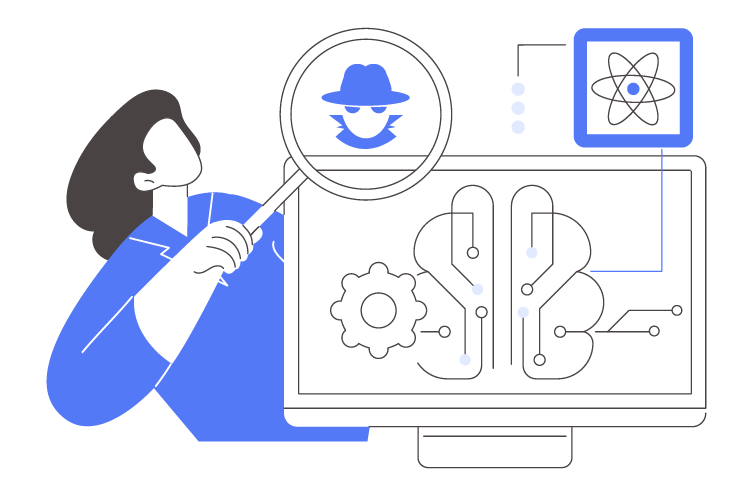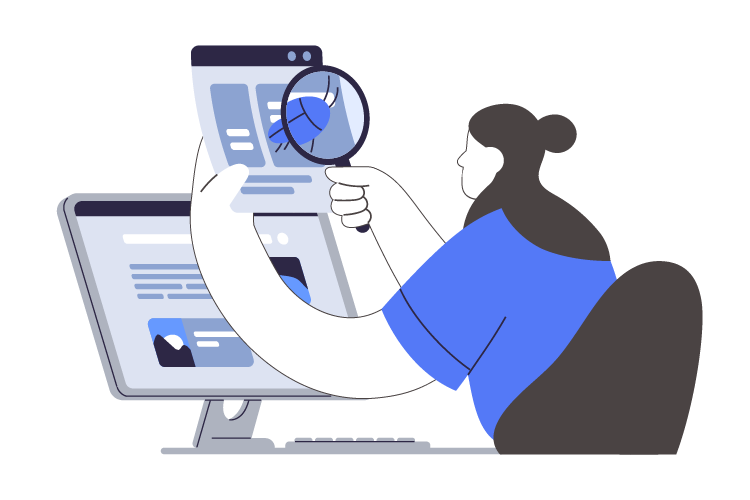Forecasting is the lifeblood of any successful business. Whether it’s predicting demand, managing inventory, or optimizing marketing campaigns, the ability to anticipate future trends empowers informed decision-making and drives profitability. But the world of forecasting isn’t static. As data volumes explode and technology evolves, predictive analytics is emerging as a powerful challenger to traditional forecasting methods.
For decades, businesses relied on statistical models and time series analysis to forecast future outcomes. These techniques, while valuable, were largely limited to historical data and often struggled to account for external factors and complex relationships. The rise of Big Data and Artificial Intelligence (AI) paved the way for a new era of forecasting, one that delves deeper, predicts more accurately, and unlocks invaluable insights.
Forecasting is the lifeblood of any successful business. Whether it’s predicting demand, managing inventory, or optimizing marketing campaigns, the ability to anticipate future trends empowers informed decision-making and drives profitability. But the world of forecasting isn’t static. As data volumes explode and technology evolves, predictive analytics is emerging as a powerful challenger to traditional forecasting methods. Although 80% to 90% of all planning tasks can be automated, many industries still rely on manual forecasting.
For decades, businesses relied on statistical models and time series analysis to forecast future outcomes. These techniques, while valuable, were largely limited to historical data and often struggled to account for external factors and complex relationships. The rise of Big Data and Artificial Intelligence (AI) paved the way for a new era of forecasting, one that delves deeper, predicts more accurately, and unlocks invaluable insights.
Traditional forecasting methods like linear regression, moving averages, and exponential smoothing analyze historical trends to extrapolate future values. While these methods are readily available and require minimal investment, they often produce limited insights and struggle with unforeseen events or disruptive changes. For example, traditional forecasting might struggle to predict the impact of a viral marketing campaign or a sudden shift in consumer preferences.
Predictive analytics takes forecasting to a whole new level. It leverages machine learning algorithms to analyze vast amounts of data, including both historical and external sources like social media sentiment, weather patterns, and economic indicators. By identifying complex patterns and relationships, these algorithms can predict future outcomes with greater accuracy and even provide probabilistic insights into various scenarios. Predictive analytics offers enhanced accuracy, the ability to process vast amounts of data, and flexibility in adapting to new information, making it superior to traditional methods.
So, how do these two approaches stack up? Here’s a closer look at some key differences:
The power of predictive analytics is evident in real-world scenarios:
Despite its advantages, adopting predictive analytics comes with its own set of challenges:
Predictive analytics is revolutionizing the forecasting landscape, but it doesn’t spell the end for traditional methods. Instead, we’re heading towards a synergistic future where traditional techniques provide a solid foundation, while predictive analytics adds layers of insight and adaptability. Businesses that master this combined approach will be best equipped to navigate the complexities of the future and unlock unprecedented competitive advantages. If you wish to delve deeper into how predictive analytics can revolutionize your business strategies, we invite you to connect with our team. Our experts are ready to provide you with more information and tailor solutions that align with your unique business needs. Let’s explore the potential of predictive analysis together and propel your business towards greater success.

The realm of Predictive Analytics for Business unfolds a future where data-driven insights drive decision-making. The paradigm is shifting, with…

In our swiftly transitioning digital landscape, the importance of fraud detection cannot be overemphasized. It acts as the frontline defense…

In today’s digital era, workflow automation solutions are revolutionizing the way businesses operate, turning repetitive tasks into efficient processes. At…